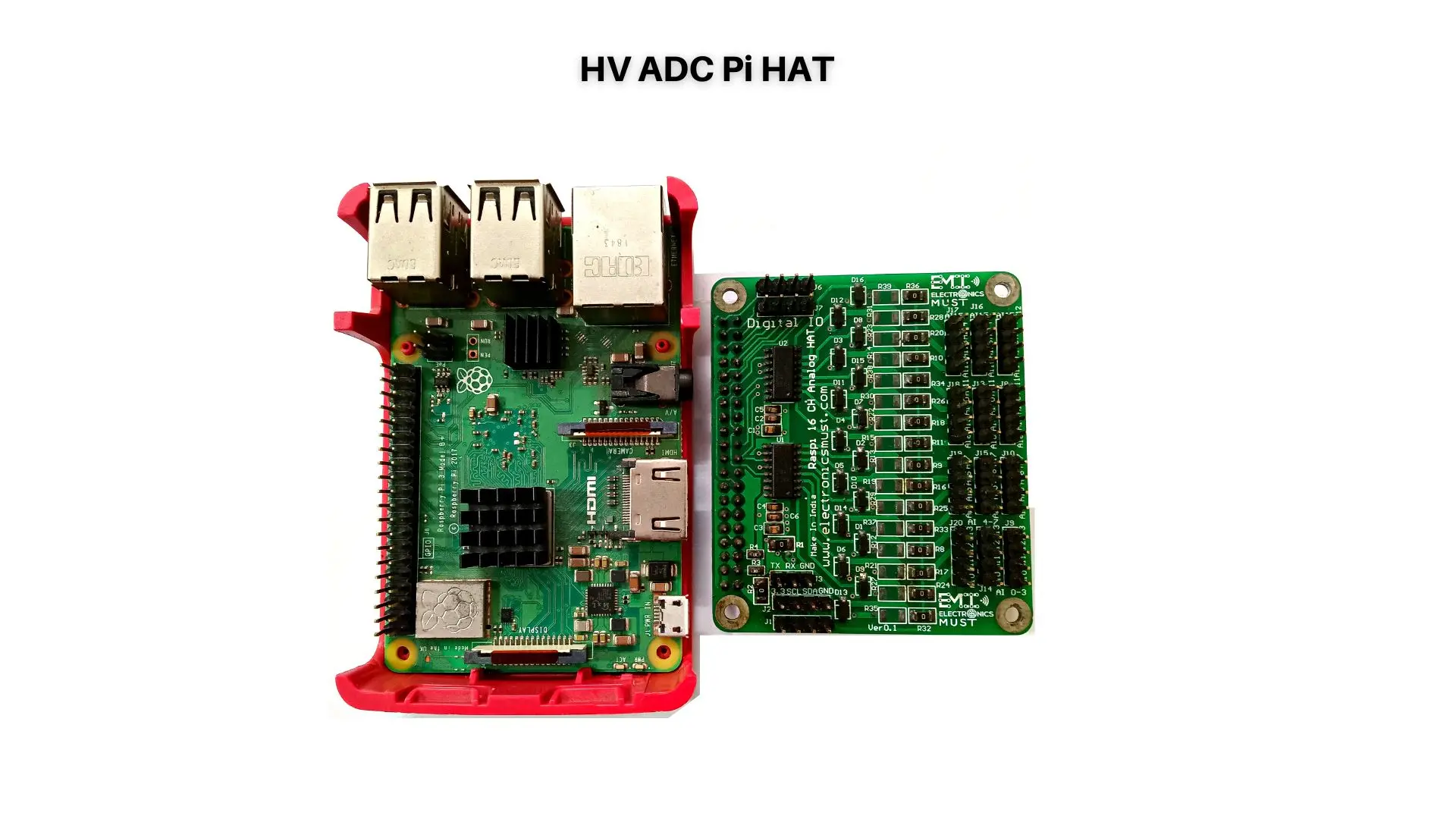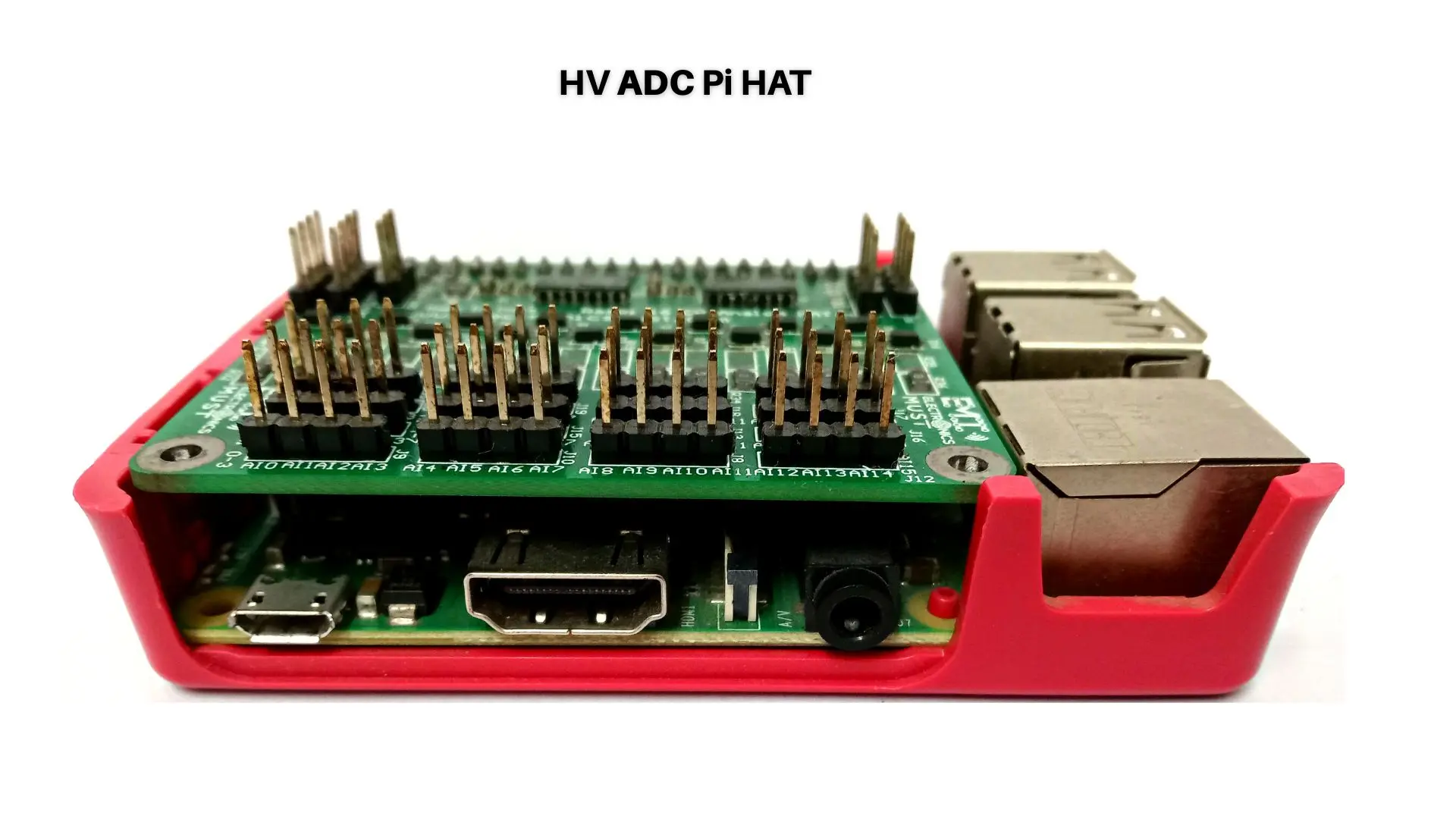We’d like to welcome you to our thorough guide on PCB (Printed Circuit Board) design advice. We’ll look at seven priceless suggestions in this article that can improve your PCB designs. These suggestions can assist you in improving the calibre, usefulness, and effectiveness of your PCB designs whether you are an experienced engineer or a novice in the area. So let’s start right now!
1. Strategically plan out your layout.
Strategic planning is the first step to a successful PCB design. Think about your PCB’s form factor, functionality, and intended use before beginning the layout. Consider the component placement, the trace routing, the power planes, and the signal integrity. The overall performance and manufacturability of your PCB will be significantly improved by a well-thought-out layout strategy.
2. Improve Component Positioning
Signal flow and interference reduction depend on effective component placement. To shorten trace lengths and prevent signal degradation, group related components together and place crucial components closer together. For components that produce heat, pay close attention to their orientation and thermal requirements. A properly placed component will result in better signal integrity, less noise, and simpler troubleshooting.
a. Signal Integrity: To reduce signal deterioration and noise, group components according to the sorts of signals they produce.
b. Thermal management: Assign space for heat sinks or cooling systems and keep heat-generating components away from sensitive components.
c. Accessibility: Organise components to make testing, debugging, and maintenance simple.
3. Appropriate Power Distribution and Grounding
In PCB design, grounding and power distribution are crucial. To reduce ground loops and interference, design a dedicated ground plane. Utilise appropriate power distribution methods to guarantee a constant voltage supply and reduce voltage drops. Reduce noise and crosstalk by using numerous power planes to isolate delicate analogue and digital components.
a. Separate Ground Planes: In order to reduce interference, implement separate ground planes for the analogue and digital parts.
b. Power Plane Decoupling: To minimise voltage fluctuations and guarantee a steady power supply, place decoupling capacitors next to the power pins of integrated circuits (ICs).
c. Trace Width and Impedance: To reduce power losses and ensure signal integrity, use the proper trace widths and impedance values.
4. Signal Integrity and Tracking
Maintaining signal integrity and minimising electromagnetic interference (EMI) require careful trace routing. To reduce signal degradation and crosstalk, adhere to recommended trace width, spacing, and impedance management guidelines. For high-speed signals, use differential pairs and controlled impedance routing. Use appropriate termination methods to prevent signal reflections and guarantee precise data delivery.
a. Differential Pair Routing: To reduce signal skew and enhance noise immunity for high-speed transmissions, employ differential pair routing.
b. Length matching: To prevent signal skew, make sure the lengths of the traces carrying the signals have been matched.
c.Signal layer stacking: reduces crosstalk and trace density to improve signal quality.
5. Thermal Control
It’s crucial to have efficient thermal management, especially for PCBs with power-hungry components. Design the board with the appropriate thermal pads, vias, and heat sinks to properly disperse heat. To avoid overheating, maximise ventilation and take the surrounding temperature into account. To maintain optimum cooling and avoid component failures, thermal simulation and analysis technologies can be used.
a. Component Positioning: Place heat-generating components close to heat sinks or cooling components, leaving enough room for airflow.
b. Copper Pour: Use copper pour techniques to improve thermal conductivity and heat dissipation.
c. Thermal Relief: To make soldering easier and prevent thermal stress, use thermal relief pads for components linked to large copper pours.
6. Consider design for manufacture
To cut costs and guarantee efficient production, take manufacturability into account at every stage of the design process. Observe the component footprints, pad sizes, and spacing guidelines set by the industry. To avoid manufacturing problems, keep components away from the board’s edges. Design for test (DFT) and design rule checks (DRC) procedures can be used to spot and fix any manufacturing or assembly issues.
a. Component Footprints: To assure compatibility and availability throughout manufacturing, use standardized component footprints.
b. Trace Spacing and Width: To prevent manufacturing problems like shorts or opens, adhere to the manufacturer’s specifications for trace spacing and width.
c. Layer Stackup: Work with manufacturers to choose the best layer stack-up in accordance with the desired impedance control and available manufacturing resources.
7. Evaluate and improve
Thorough testing is necessary when your PCB design is finished to verify functionality and dependability. To validate your design, employ cutting-edge testing techniques including boundary scan testing, in-circuit testing, and functional testing. Prototypes should be tested for user feedback, and your design should be improved upon as needed. Iteration and continuous testing are essential for obtaining peak performance.
Conclusion
High-quality PCB design necessitates a combination of expertise, experience, and meticulousness. You may greatly improve the performance, reliability, and manufacturability of your designs by putting these seven game-changing PCB design tips into practice. Always remember to carefully plan your layout, put your components as efficiently as possible, pay attention to grounding and power distribution, trace routing and signal integrity, thermal management, design for manufacturability, completely test your designs, and iterate them.
By keeping these best practices in mind, you can stay on top of the PCB design industry and develop ground-breaking solutions that put your rivals to shame.






